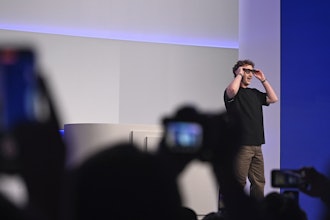Tunable windows aren't new, but most previous technology has relied on electrochemical reactions and expensive manufacturing processes.
A new approach developed by Harvard Researchers could change all of this.
Described in the journal Optics Letters, the new technology utilizes a sheet of glass or plastic between transparent elastomers that are sprayed with a coating of silver nanowires. These wires are too small to disperse the light on their own, but apply some voltage … and things get crazy.
The electricity sends the nanowires towards each other, degrading the elastomer. Because the nanowires are distributed unevenly, the elastomer deforms unevenly, which results in a rougher finish that causes the light to scatter, clouding the glass.
The researchers found that the roughness of the elastomer surface depended on the voltage, so if you wanted a window that is only lightly clouded, you apply less voltage.
Current chemical-based controllable windows use vacuum deposition to coat the glass, a process that deposits layers of a material molecule by molecule – which is difficult and costly. With this new approach, the nanowire layer can be sprayed onto the elastomer.
According to David Clarke, the Professor of Materials leading the project, this lack of a chemical reaction should save manufacturers time and money.
I’m Jeff Reinke and this is IEN Now.
Shady Manufacturing Process is Simpler, Less Expensive
Current chemical-based controllable windows use vacuum deposition to coat the glass, a process that deposits layers of a material molecule by molecule – which is difficult and costly.
Mar 16, 2016
Latest in Product Development






















